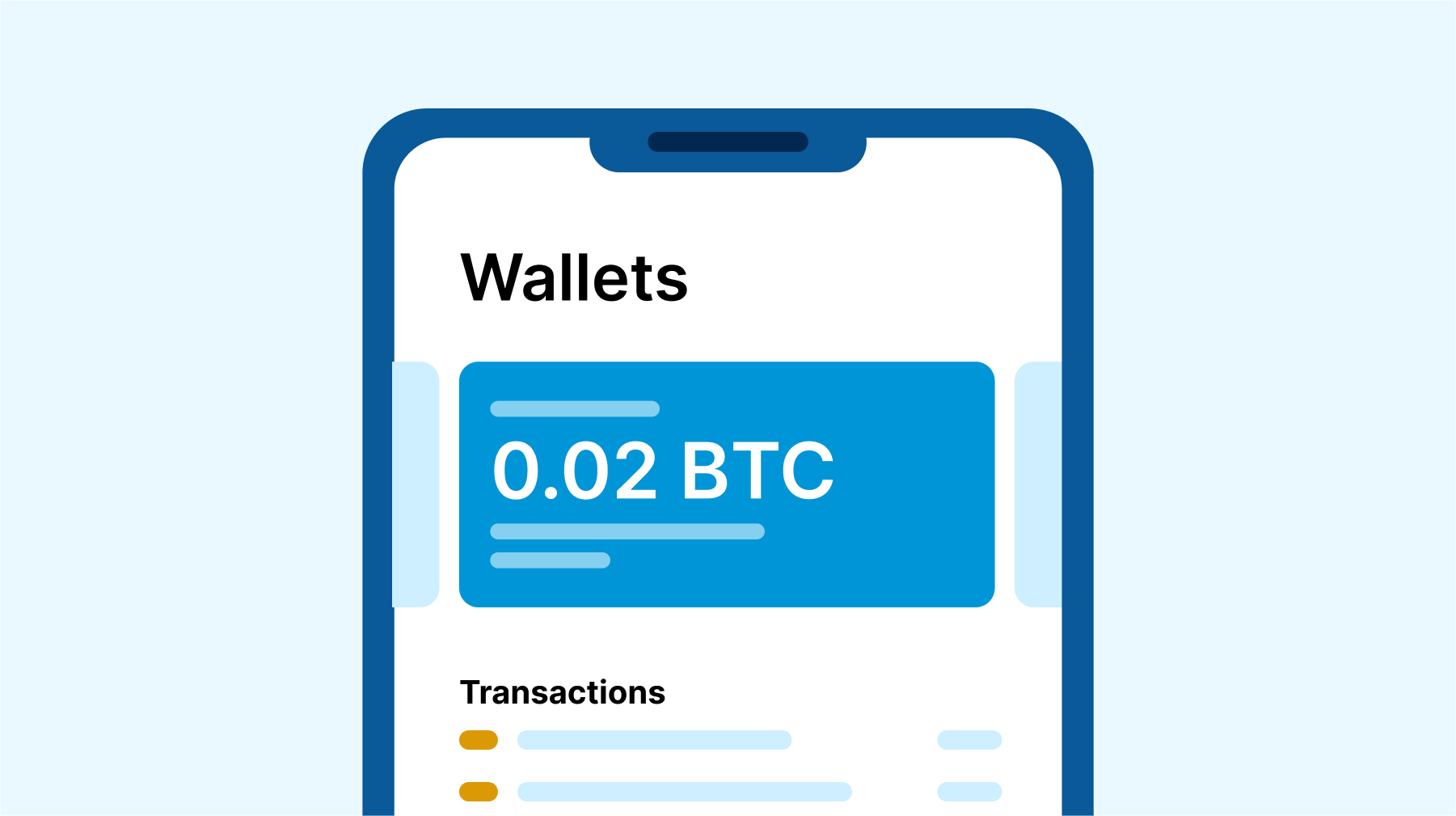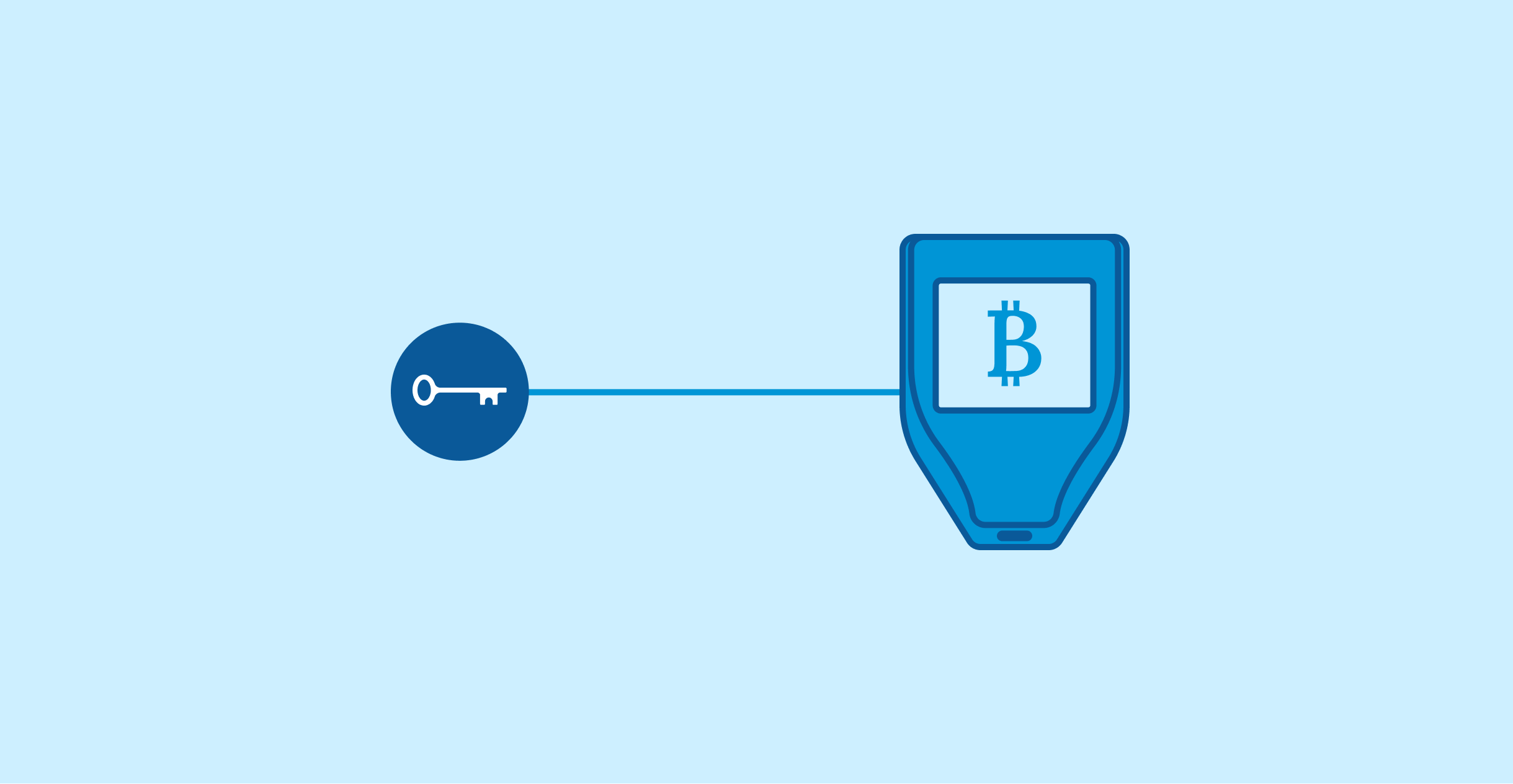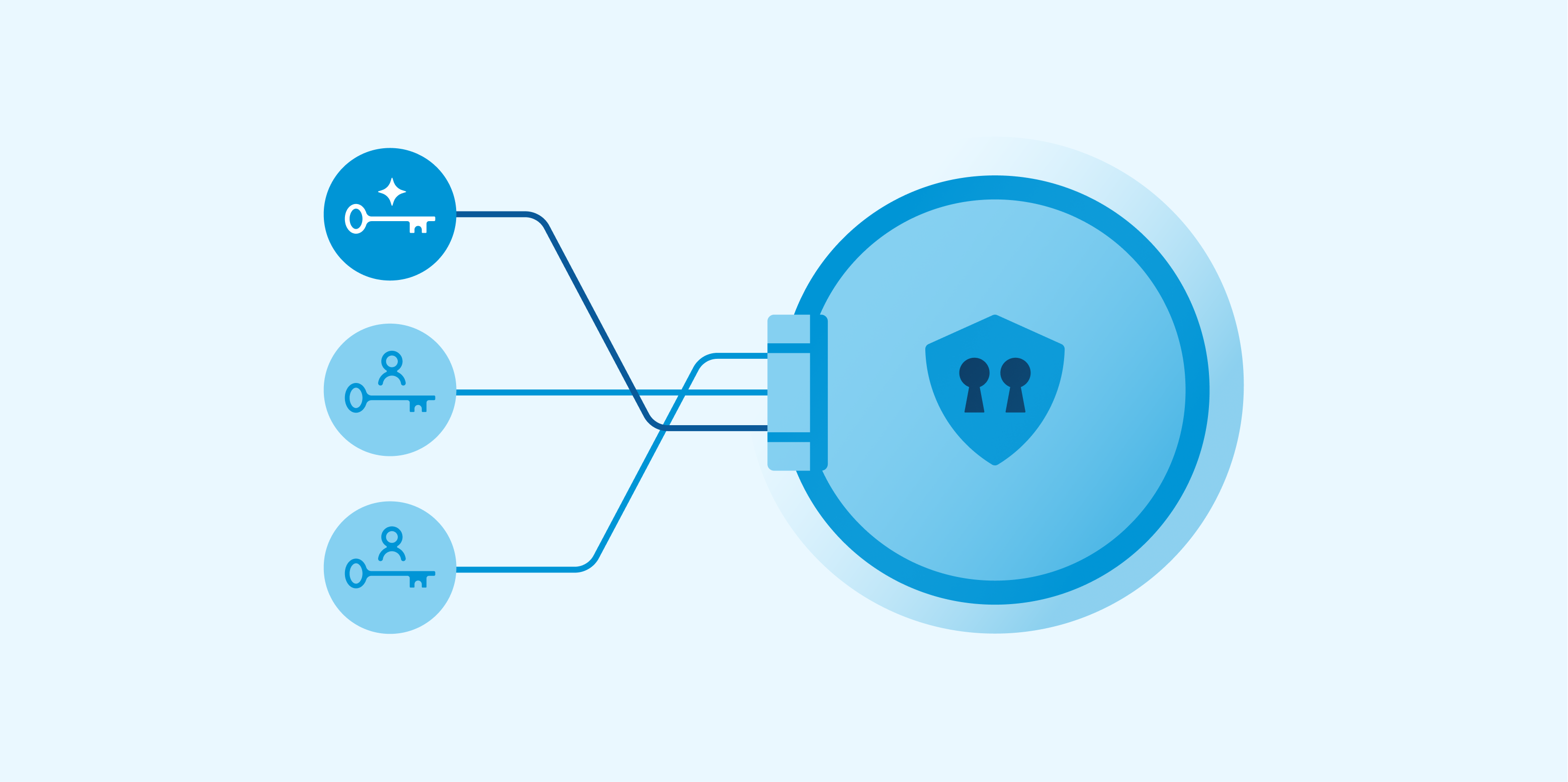How does the bitcoin source code define its 21 million cap?
Many of bitcoin’s staunchest critics have expressed doubt about its 21 million cap, but perhaps the most mindless criticism relates…
,
No matter how you buy bitcoin—an exchange, bitcoin-only platforms, or consumer payments apps—leaving it where you bought it is always the easiest thing to do, but it’s not best. Bitcoin’s history is riddled with people trusting these platforms with their bitcoin, making them attractive honeypots for attackers. And the asset’s history is littered with examples of compromised honeypots.
Other kinds of custodians, like crypto lending platforms, are also at constant risk of failure. Even if you’re not explicitly participating in their risky yield-generating products, you might suddenly be unable to withdraw due to the consequences of their risky practices. Keeping your bitcoin with a custodian like this always means taking on more risk than is let on.
In the case of a hack or insolvency, you don’t want to be left waiting to be made whole. The solution is holding your own bitcoin keys. Everyone can securely take self-custody by investing a little time and money. In this article, we’ll cover some of the best ways to do so.

If you’re concerned about custodians and exchanges collapsing, the first thing to do is take control of your bitcoin keys, and the easiest way to do so is with one of the many popular mobile software wallets. Both mobile and desktop software wallets are easy to use, are most often free, and can be backed up offline by recording and storing the wallet’s seed phrase.
Software wallets typically run on devices connected to the internet—which is where the name “hot wallet” comes from. Any time you use a hot wallet, you accept some security trade-offs: They’re less secure than cold storage (because they have a greater attack surface) but far more convenient for spending bitcoin. We only recommend using hot software wallets for small amounts for these reasons, but they’re still preferable to keeping your bitcoin on an exchange.
We recommend using a reputable, bitcoin-only software wallet like BlueWallet, which provides a seed phrase to back up and recover your wallet according to bitcoin standards. On desktop, you might use Bitcoin Core, Electrum, Sparrow, or Blockstream Green.

A significant upgrade from a mobile wallet is to use a hardware wallet. Hardware wallets embody what you may have heard called “cold storage”—they’re more secure because they store your bitcoin keys offline, minimizing the risk of remote attacks and malware causing you to lose your funds. This makes them far more secure when done right.
Like mobile wallets, hardware wallets have their trade-offs: They’re far more secure than keeping your bitcoin keys on your phone and protect you from exchange and custodian failures, but they’re generally less convenient for frequent spending. Hardware wallets also come at a small cost: your time to set them up and back up your key material correctly, and the cost of the device itself, usually ranging from $50 to $150.
Hardware wallets typically offer a variety of protections to prevent anyone with physical access to the device from accessing the keys inside. As with mobile wallets, you’ll want to back up your keys. Most modern hardware wallets can be backed up by recording and storing your seed phrase separately.

While hardware wallets help secure your keys offline, they’re not bulletproof. Your seed phrase backup, for example, is a single point of failure that could cause you to lose all your bitcoin in the event of a physical attack. Multisig wallets can help with this: they allow you to protect your bitcoin with not just one key held in cold storage, but multiple.
Multisig is very flexible, allowing wallet developers and users to set the total number of keys used to construct the wallet and the number of those keys required to spend bitcoin. This model also allows you to share a key with a trusted partner, called collaborative custody. Unchained, for example, can share in the responsibility of key storage and act as a backup if necessary—we can help you recover your funds but have no outright control over them.
Multisig can be used in many ways, but the most popular way to store bitcoin in cold storage with multisig is a setup where you hold three keys, each generated and stored on an individual hardware wallet. Or in the case of Unchained, you might hold two keys, and Unchained holds one.
Protecting your bitcoin from exchange and custodian collapses means moving it into your custody, and while learning about this is a journey, it’s achievable for anyone. Collaborative custody with Unchained lets you take control of your bitcoin in the safest way possible, giving you the confidence to set up a multisig wallet that not only protects you from exchange failures and hacks but also protects your bitcoin from your own mistakes along the way.
Many of bitcoin’s staunchest critics have expressed doubt about its 21 million cap, but perhaps the most mindless criticism relates…
Ted Stevenot, Stephen HallWhen Satoshi Nakamoto created bitcoin, he established in its code a fixed number of bitcoin that will ever exist. Since…
Ted StevenotOriginally published in Parker’s dedicated Gradually, Then Suddenly publication. Bitcoin is often described as a hedge, or more specifically, a…
Parker Lewis